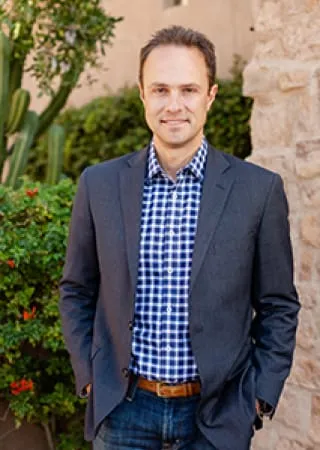For too long, the silence surrounding the sexual abuse of minors within institutions was deafening. For decades, stories of abuse in churches, summer camps, and other organizations were often buried, dismissed, or handled internally, leaving victims to suffer in the shadows while perpetrators were quietly moved or protected. The public, by and large, remained unaware of the systemic nature of the problem.
But something has shifted. In recent years, a powerful reckoning has taken hold, fueled by a combination of brave survivors speaking out, dedicated investigative journalism, and the interconnectedness of social media. The public’s awareness of child abuse within institutions has reached an unprecedented level, and this newfound understanding is having a profound impact on how we confront this devastating issue.
The Power of Survivors’ Voices
At the heart of this shift are the survivors themselves. What was once a topic shrouded in shame and secrecy is now being openly discussed by those who have endured it. Platforms like social media have given survivors a way to connect with one another, share their stories, and realize they are not alone. This collective courage has created a ripple effect, inspiring others to come forward and shattering the sense of isolation that perpetrators rely on. The public is now hearing directly from those who have been harmed, and their testimonies are impossible to ignore.
The Role of Investigative Journalism
The tireless work of journalists has also been crucial. Major news outlets have dedicated significant resources to uncovering decades of institutional cover-ups. These investigations have exposed the patterns of abuse, the failures of leadership, and the deliberate actions taken to protect the reputations of organizations over the well-being of children. The Pulitzer Prize-winning work of The Boston Globe’s Spotlight team on the Catholic Church is a prime example of how investigative journalism can blow the lid off a deeply entrenched problem and force a public conversation. These stories have not only informed the public but have also given a voice to survivors who were previously silenced.
The Rise of Social Media as a Catalyst
Social media has acted as a powerful accelerant in this movement. The speed at which information can be shared means that stories of abuse are no longer confined to local newspapers. They can go viral overnight, reaching a global audience and generating widespread outrage and support for victims. Social media campaigns and hashtags have mobilized communities, put pressure on institutions to act, and provided a space for advocacy. This instant, decentralized communication has made it much harder for organizations to control the narrative or sweep scandals under the rug.
A New Era of Accountability
This heightened awareness is leading to tangible change. Institutions are now under intense scrutiny, and their old methods of handling abuse are no longer acceptable. We are seeing:
- Legal Consequences: A growing number of lawsuits are holding institutions accountable, with settlements and verdicts often reaching millions of dollars. This financial pressure is forcing organizations to take the issue seriously.
- Policy Changes: Churches, camps, and schools are implementing stricter safeguarding policies, including mandatory background checks, training for staff, and clearer reporting procedures.
- Increased Transparency: The public is demanding greater transparency from these organizations. They want to know how abuse allegations are handled, what steps are being taken to protect children, and whether those who failed to act have been held accountable.
This heightened awareness is not a passing trend; it’s a fundamental shift in our collective consciousness. We are no longer willing to accept the excuse of “we didn’t know.” The silence has been broken, and the public is now an active participant in demanding justice and ensuring the safety of our children. The journey is far from over, but for the first time in a long time, the scales are beginning to tip in favor of accountability, transparency, and, most importantly, the well-being of our most vulnerable.






